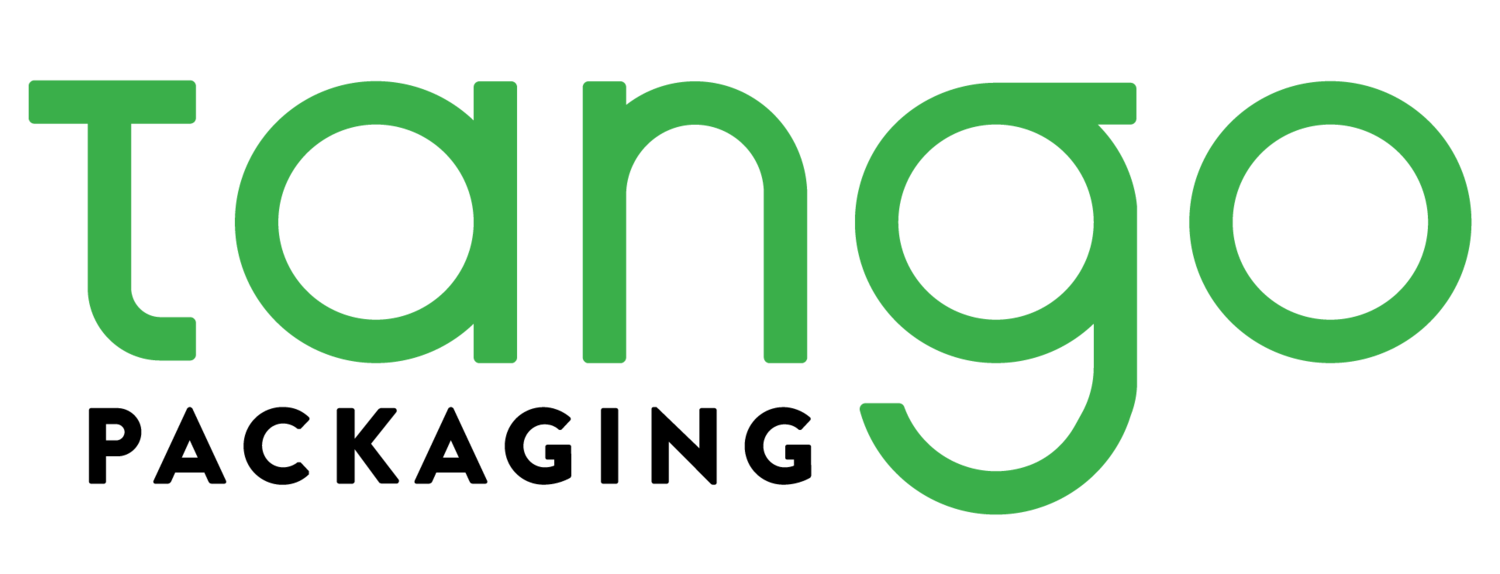The 3 Different Shrink Sleeve Printing Processes
One thing that makes printed shrink sleeve labels unique is their reverse printing process.
Reverse printing applies ink to what will become the inside of the material, starting with the details and ending with the background. It’s what gives printed shrink sleeves their super-smooth finish, along with resistance to scratches and shelf wear.
There are three different printing processes that can accomplish these beautiful but durable shrink sleeves: rotogravure, flexographic, and digital.
Let’s review the options and discuss their advantages and disadvantages.
The 3 Different Printing Processes:
1. Rotogravure printing involves engraving the label design onto the surface of a metal cylinder in a pattern of recessed cells, which hold the ink at different depths. Then, the film or other substrate is pressed against the metal cylinder on the press, and the image is transferred to the label.
Advantages: Rotogravure printing allows for precise ink application and high quality print appearance. This process also allows for exact color-matching to Pantone® and CMYK shades.
Disadvantages: Though rotogravure image carriers require less frequent changing, they have a larger startup cost which makes for higher MOQs. In addition, making the printing cylinders can also be a lengthy process, which increases the lead time for finished shrink sleeves.
2. HD Flexographic printing typically uses a polymer plate with a raised surface, a process known as relief printing. Similar to a stamp, fast-drying ink is applied to the rubber printing plates with elevated sections to form the image. The plates are attached to cylinders, which are rolled over the substrate.
Advantages: Flexographic printing can work with a variety of label materials, including film and foil. It’s also able to produce careful detail due to precise ink application, so even small print remains readable. This method features rich color and exact Pantone® color matching. Flexo image carriers are more cost-effective than some other methods, and boast a faster turnaround time.
Disadvantages: Similar to rotogravure printing, each flexo plate must be cut individually, so any change to a label (including different flavors, styles, or SKUs) means starting from scratch. Each color requires a custom plate, so high color designs require many plates.
3. Digital printing is plate-free and simple. Similar to the average inkjet printer, the digital printer applies inks in a dot pattern, mixing them directly onto the substrate to create the desired design and colors.
Advantages: Digital printing is cost-effective for lower MOQs. It has quicker lead times, and requires lower minimum quantities than other methods. Not having to change plates makes variations in design faster and more affordable. Finally, because it requires less energy, the digital printing process has a lower environmental impact than other methods.
Disadvantages: While it features vibrant color options, digital printing is limited to the ink available in the printer, so exact Pantone® color-matching is not always possible. Plus, its dot-based ink application has a lower resolution than other methods, which limits the readability of very fine print.
Which Printing Process is Best For Your Next Project?
Wondering which printing process will work best with your next project?
Our team is happy to help you navigate this area and make the best decision for your unique printing needs.
Step 1. Schedule a packaging consultation with one of our packaging experts. We can discuss your products in light of the various printing methods available. Tango provides full rotogravure, flexographic, and digital printing services.
Step 2. We’ll send you complimentary samples.
Step 3. We’ll provide you with a quote.
Schedule your complimentary consultation by filling out our contact form, emailing us at info@tangopackaging.com, or calling (844) 33-TANGO [82646].




